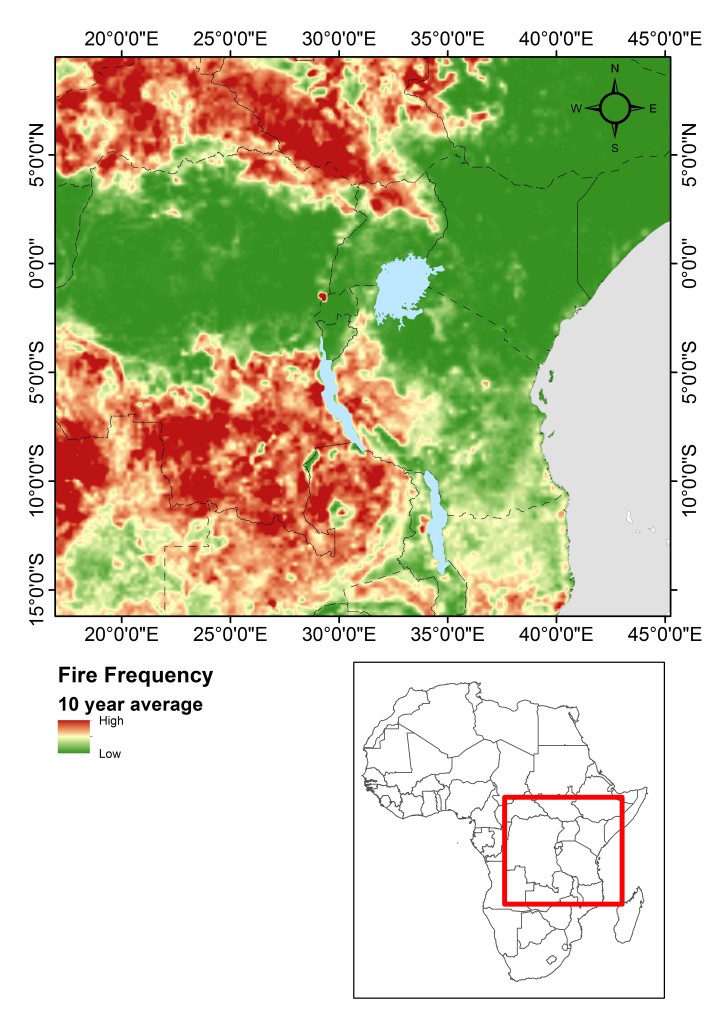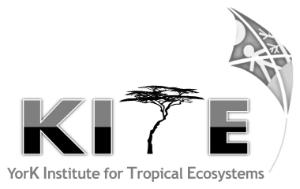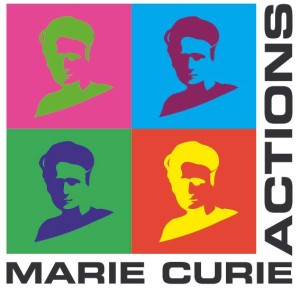Marie Curie ITN Experienced Researcher: Dr. Colin Courtney Mustaphi
Host Institution: University of York Institute for Tropical Ecosystems (KITE), Environment Department
Duration: November 2013 to November 2015
Summary:
Fire is an important disturbance in East African ecosystems , influencing community structure and function, species distributions, nutrient processes, and plays a role in global carbon cycle. Humans have a long history of applying fire to the landscape and other land-use practices, such as pastoralism, deforestation, and conservation, impact fire regimes. Current fire regimes in Kenya are dominated by human modifications to fuel types, fuel loads, and fire ignitions; although, in deeper geologic time, this was not always the case. By investigating swamp and lake sediment stratigraphies we reconstruct the fire histories of the region to understand the changing relationship between natural drivers of fire and human influences on fire activity. By understanding these interactions we can better understand the distributions of plants across the landscapes and inform current land-use policies for governing these lands with multiple perspective stakeholders to reach consensus on future trajectories of development and conservation goals.
Palaeofire research foci:
- 1) Creating new palaeoenvironmental records – by using charcoal metrics to quantify past biomass burning at the site scale.
- 2) Amassing published records of palaeofire at examine regional patterns of biomass burning through time. See the Global Charcoal Database.
- 3) Experimental burning of vegetation (fuels) in the field and lab to better understand the charcoal products to improve interpretations of charcoal-sediment records. See the Serengeti Experimental Fire Project.
- 4) Improve fire dynamics into land cover, vegetation, climate and palaeoclimate models.
For more information see here.
Map: Shows fire frequencies of East Africa from 2001-2013 collected from satellites (MODIS). Map by Nicolas Deere.
Courtney Mustaphi, CJ, Deere, N, Githumbi, E, Marchant, R. 2014. Fire disturbance regimes and vegetation interactions in East Africa during the Late Quaternary. Open PAGES Focus 4 Workshop Human-Climate-Ecosystem Interactions, University of Leuven, Belgium, February 3-7, 2014.
[+ Abstract]
—–
Click here fore more information about Colin’s work within the REAL project.



